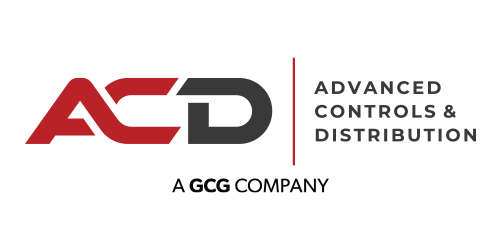

ACD is Now GCG Automation & Factory Solutions
Leading value-added industrial automation solutions provider GCG acquired ACD – Advanced Controls and Distribution. ACD is a provider of unique automation solutions for customers across western Pennsylvania, West Virginia and eastern Ohio. Customers rely on us to continue to supply innovative, technical solutions developed by industry-leading manufacturers. GCG is a technology-leading, full-line distributor of industrial electrical supplies serving an extensive network of vendors and customers. We work directly with some of the largest industrial and OEM accounts throughout GCG regions.
Redefining Industrial Distribution
With decades of collective expertise in automation and a deep understanding of factory operations, we provide cutting-edge solutions from the industry’s most reputable suppliers that streamline your operations and enhance productivity. Our wide selection of automation solutions cover industrial controls, machine safety, power distribution, robotics, drives and motion control, along with wire and cable products to drive your success in automation.
Get in Touch
Our staff of experienced and highly trained professionals are available to answer your questions and provide technical assistance.
GCG – Pittsburgh
20800 Rte 19, Cranberry Twp, PA 16066
724-741-8200 | automate@gogcg.com
